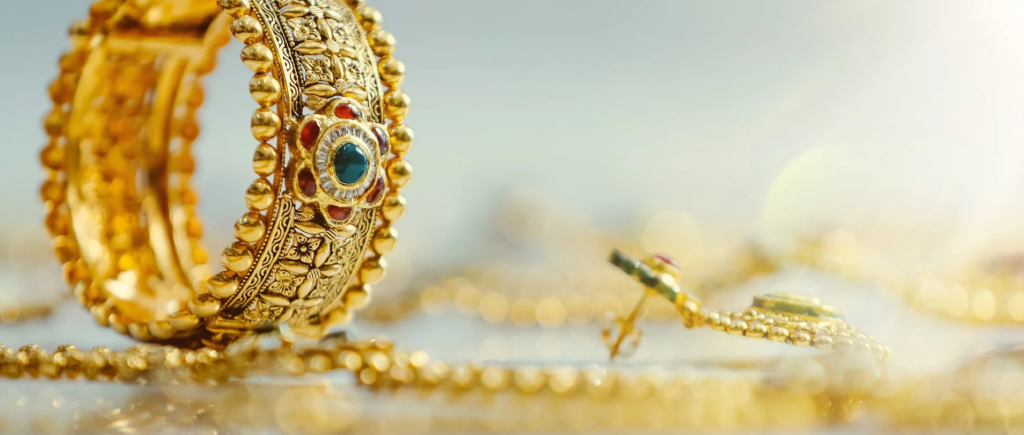
Jewelry Customization Process

1. Requirement communication:
Communicate detailed requirements with customers to understand their preferences, styles, budgets, and special requirements. Communicate through face-to-face meetings, phone calls, or emails.

2. Design Proposal:
According to the customer’s needs and requirements, jewelry designers will provide a preliminary design plan for customized jewelry. This may include forms such as hand drawn sketches, 3D designs, or CAD drawings. Customers can review the design and propose modification suggestions.

3. Confirm Design:
After repeated communication and modifications with the client, the final design plan for the jewelry was determined. This includes determining the shape, material, gemstone selection, and other details of the jewelry.

4. Material procurement:
According to the design plan, purchase the required jewelry materials, such as metals, gemstones, beads, etc. Ensure the quality of materials and meet customer requirements.

5. Technology:
Jewelcraftsmen will use various processes and techniques to make jewelry. This may include steps such as metal cutting, welding, inlaying, polishing, and polishing.

6. Precious stones:
If gemstones are involved in the design, the artisan will set the gemstones. This requires precise technique and careful handling to ensure that the stone is securely affixed to the jewelry.

7. Completion and quality inspection:
After completion of production, the jewelry will undergo a quality inspection to ensure that every detail meets the design requirements and customer expectations.

8. Delivery and acceptance:
After the jewelry production is completed, delivery and acceptance are carried out with the customer. Customers can carefully inspect the jewelry and confirm that it is consistent with the design plan, without any quality issues or defects.

9. After-sales service:
Provide after-sales services, including repairs, cleaning, and maintenance. Customers can contact jewelry customization merchants at any time for assistance and advice.
